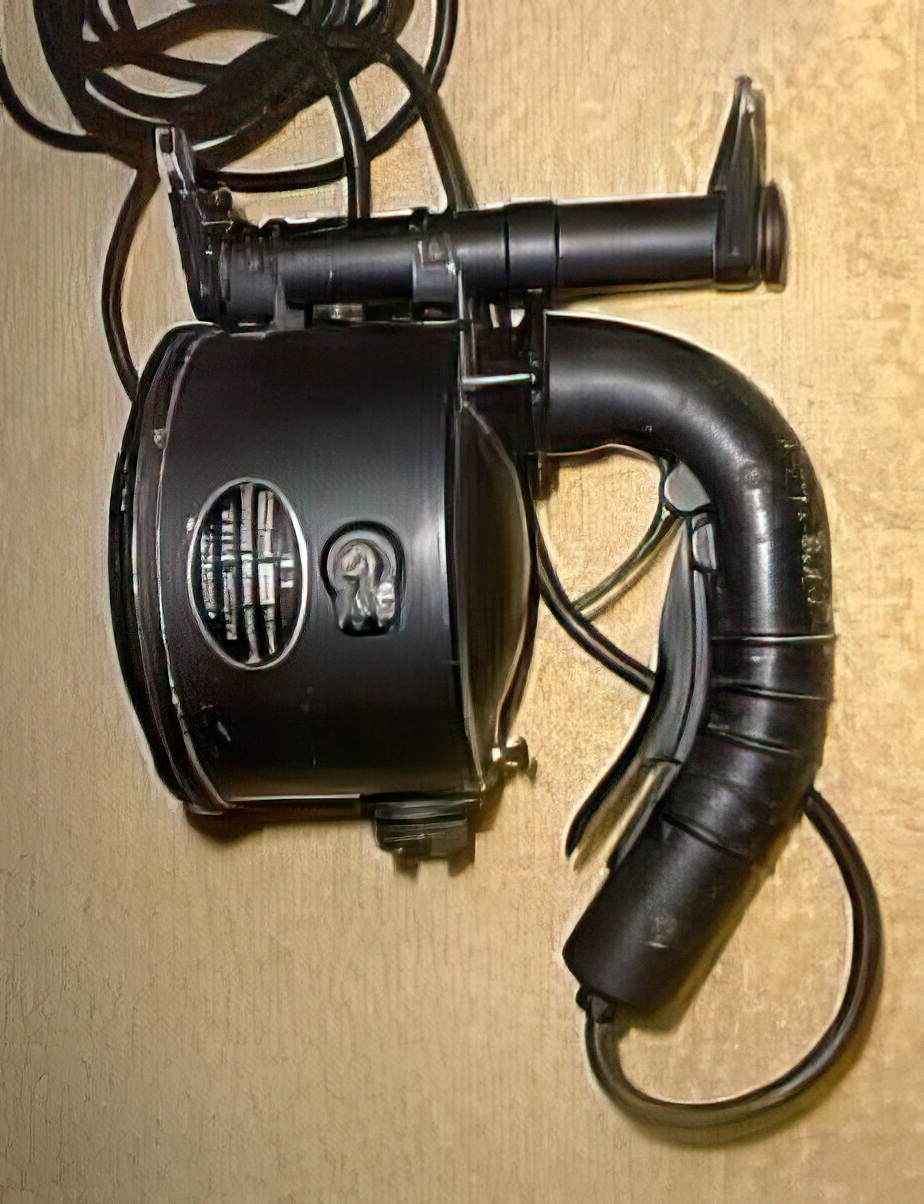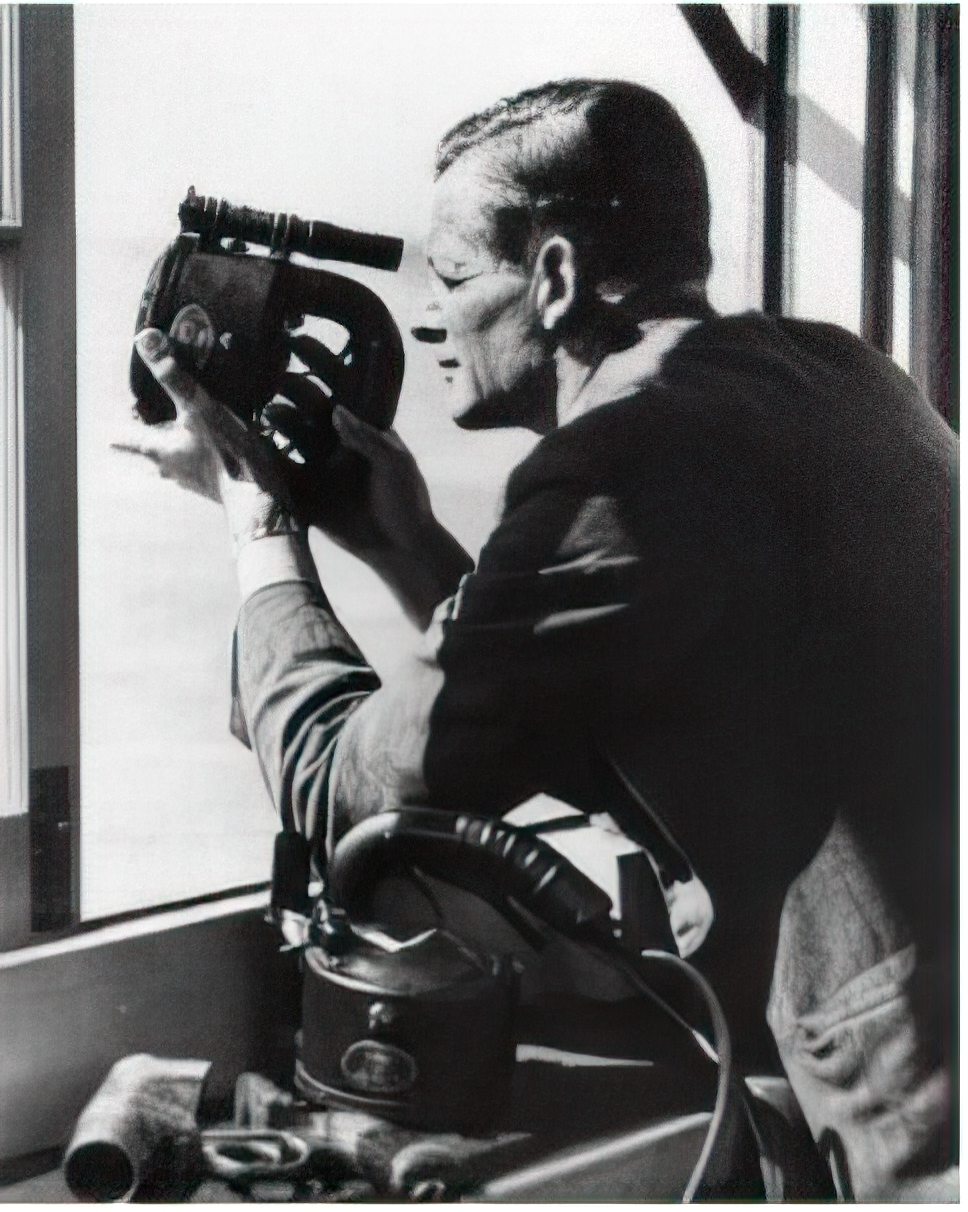In 1922, one of the regulations imposed after the first collision in North of France was that aircraft carrying passengers should be equipped with radio. This was far from evident since radio equipment in those days was heavy, difficult to use and notoriously unreliable.
At and around airports, light signals remained a main means of communication. The principle was taken from navy and army communication methods. During WW1, Germans used a model made by Zeiss, called a “Blinkgerät” to communicate up to 8km at night between their trenches.
Over the years, various different models were used. In 1944, a British Engineer called Arthur Webb Aldis patented a more compact, portable model that was quickly adopted around the world. Although more modern signal lamps exist today, they are often still referred to as “Aldis” lamps.
Busier airports added an identifier to indicate the aircraft the message was intended for using morse code. Each airline had its own designator: K was for KLM, for instance. As radios became more reliable and widespread, they became the main means of communication. Light signals however remain a simple and reliable backup if all else fails. ICAO still requires every pilot to carry a card with the different light signals.


